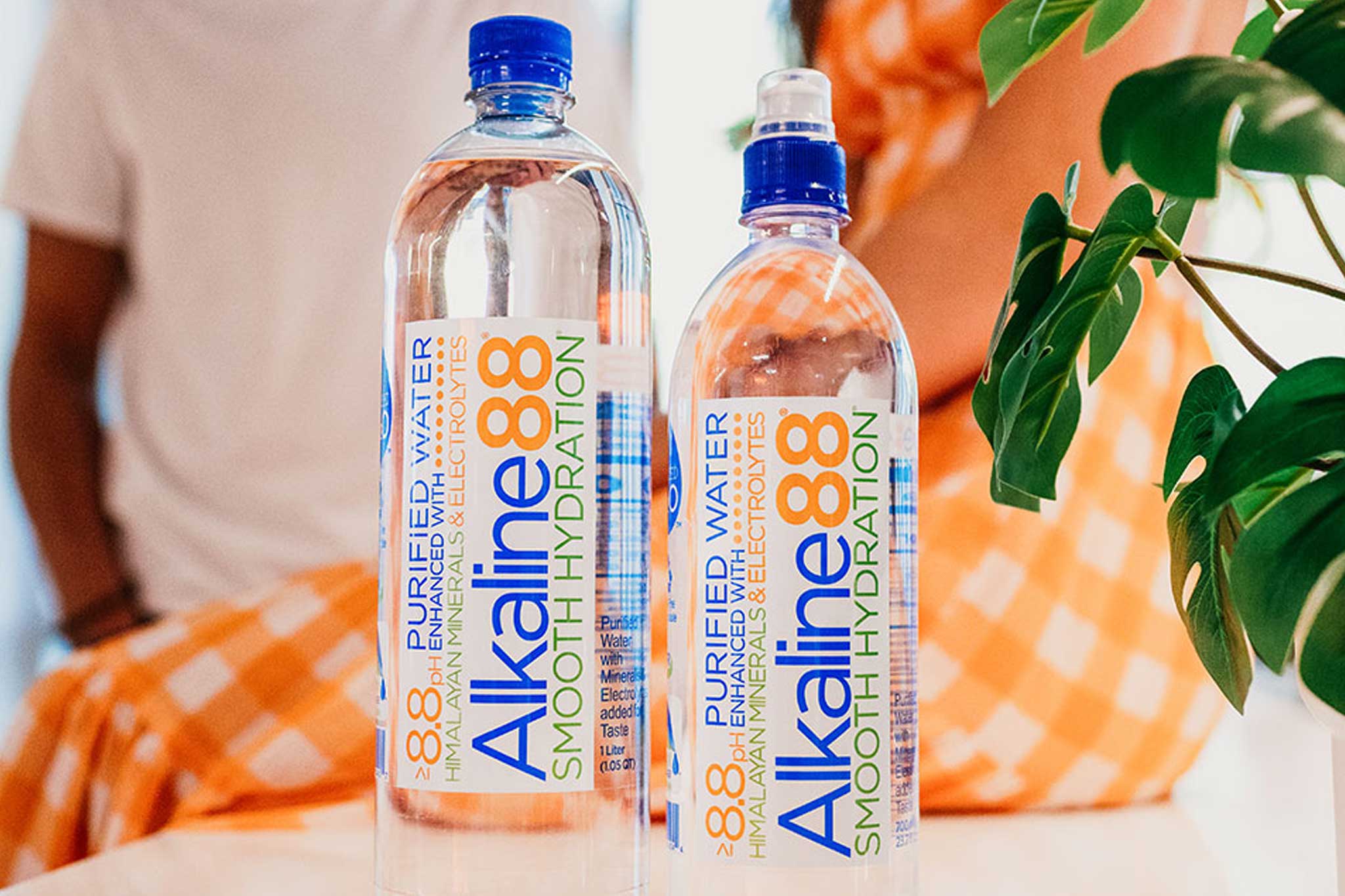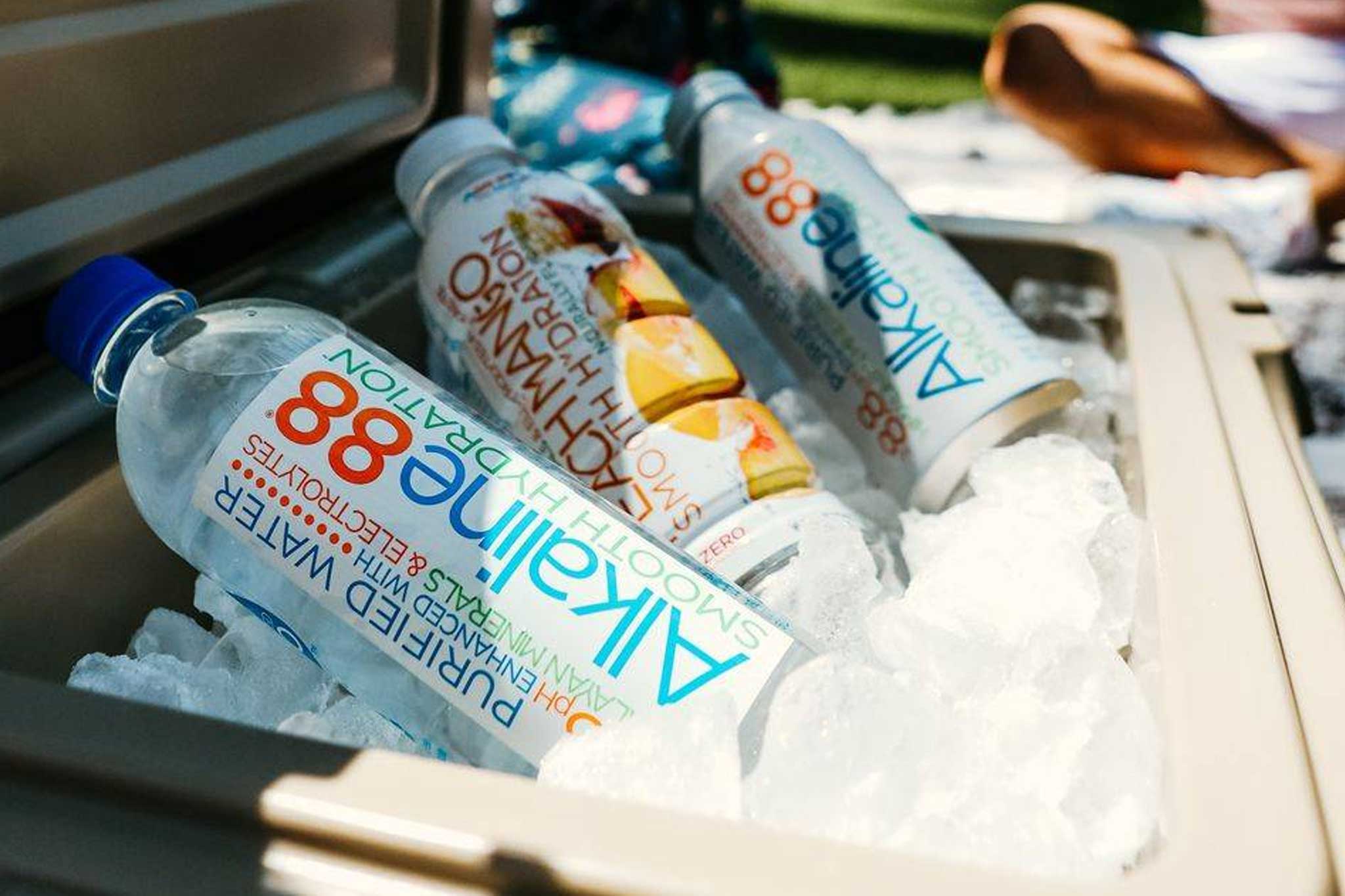Ever wondered why pH is important in water? Or what pH even means? You’re not alone.
It can be tricky to determine what pH is good for you—and what constitutes pH in the first place. Read on to find out everything you need to know about water pH levels.
What Does It Mean To Measure Water’s pH?
Let’s start with the basics. According to the U.S. Department of the Interior, pH measures free hydrogen and hydroxyl ions in liquids or water. Water with more hydrogen ions is more acidic. Water with more hydroxyl ions is basic.
How Does the pH Scale Work?
When someone measures water pH, they determine pH levels from acidic to neutral to basic. This is where the pH scale comes in. A pH scale ranges from 0-14. Liquids falling in the 0-6 range are considered acidic, while liquids 7-14 are considered basic—also known as alkaline.
Some examples of acidic liquids are lemon juice and tomato juice. Basic liquids can include oven cleaners and drain cleaners. Water can be basic, acidic, or neutral, depending on different factors.
Why Do Different Water Types Have Different pH Levels?
So—what factors determine water pH levels? Everything from minerals to filtering processes does. This is why different water types can have different pH levels.


